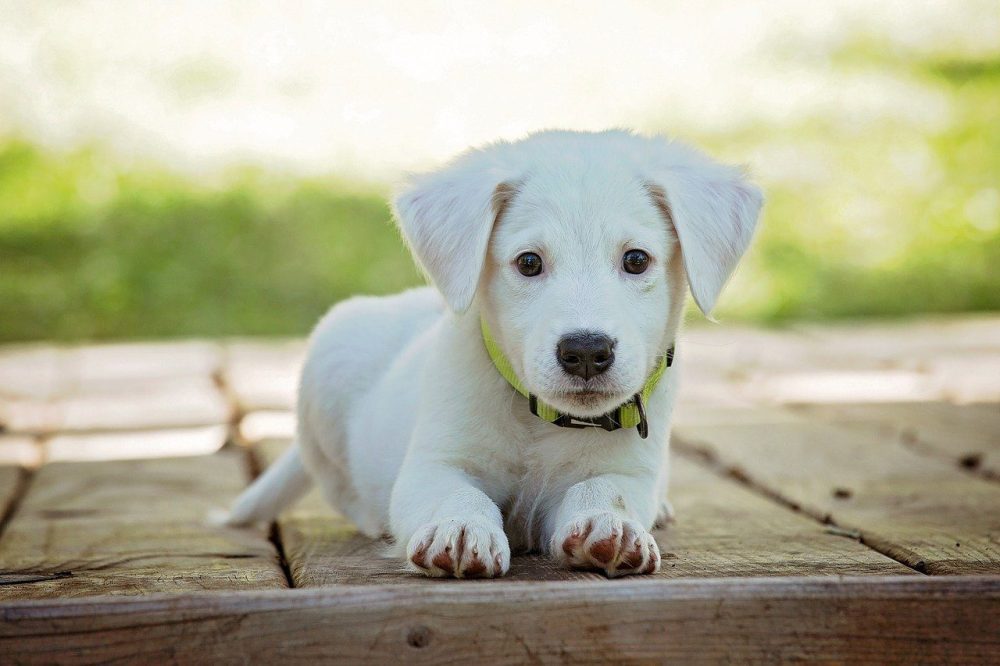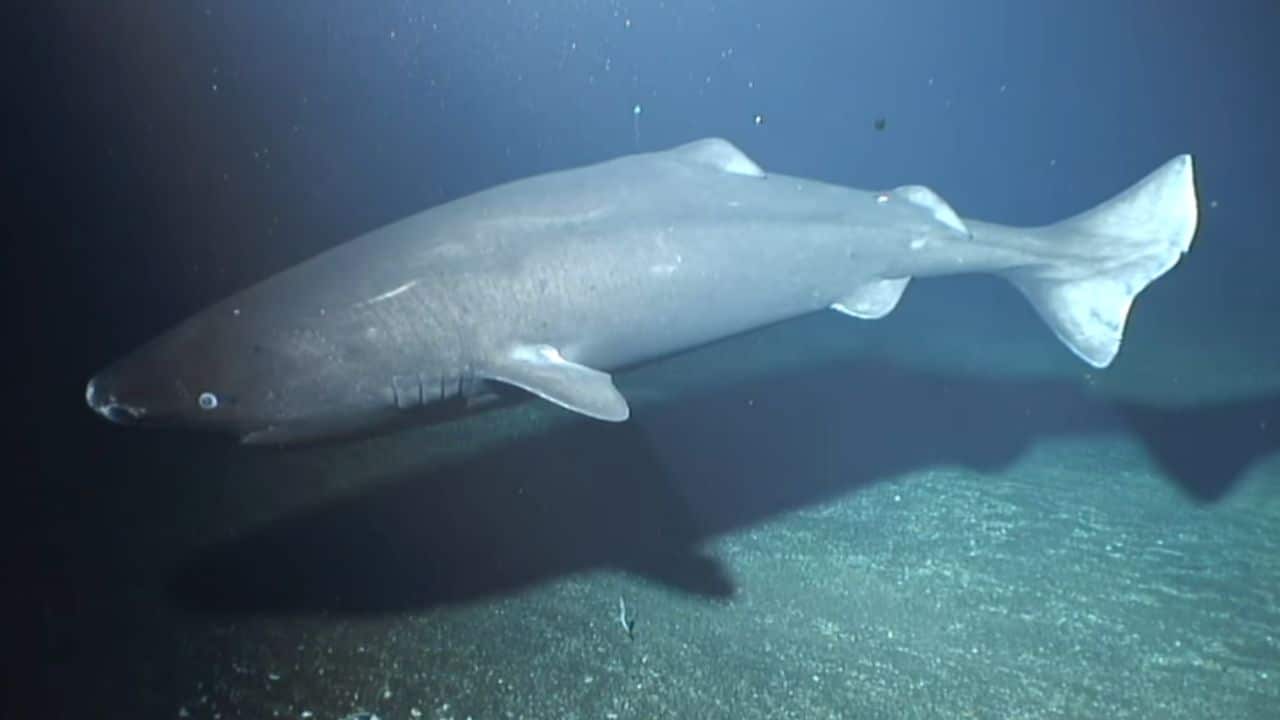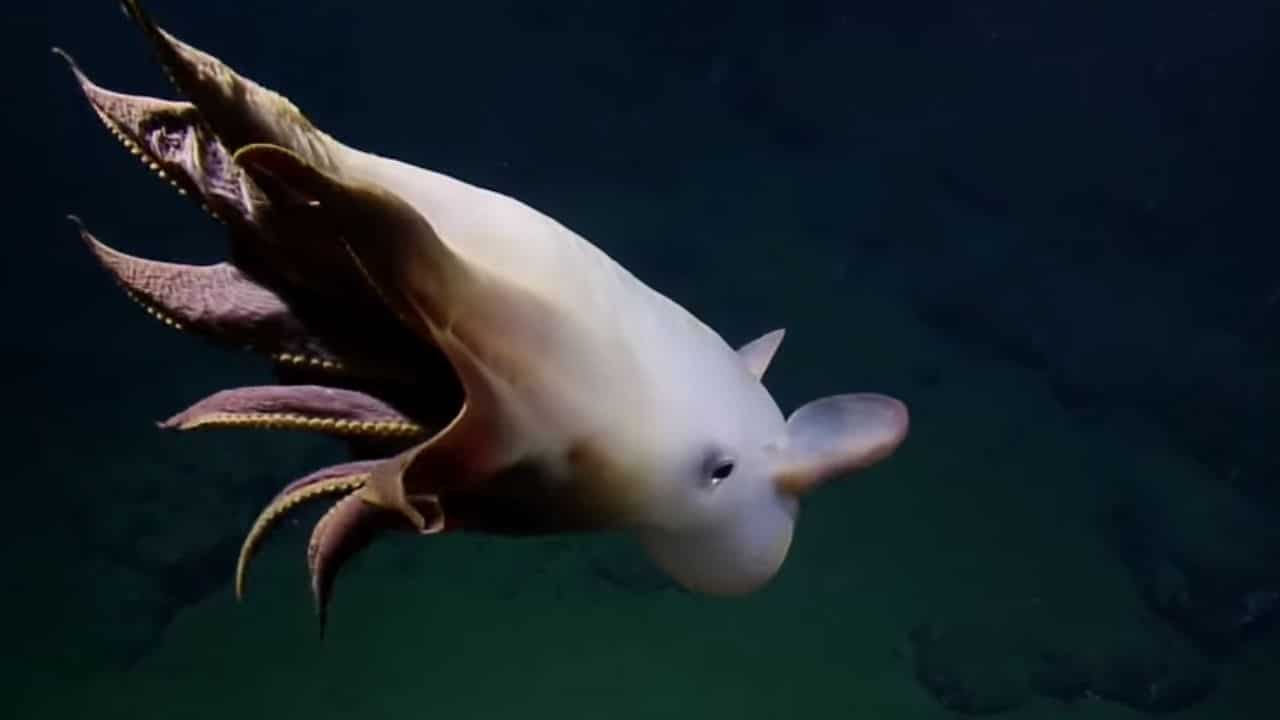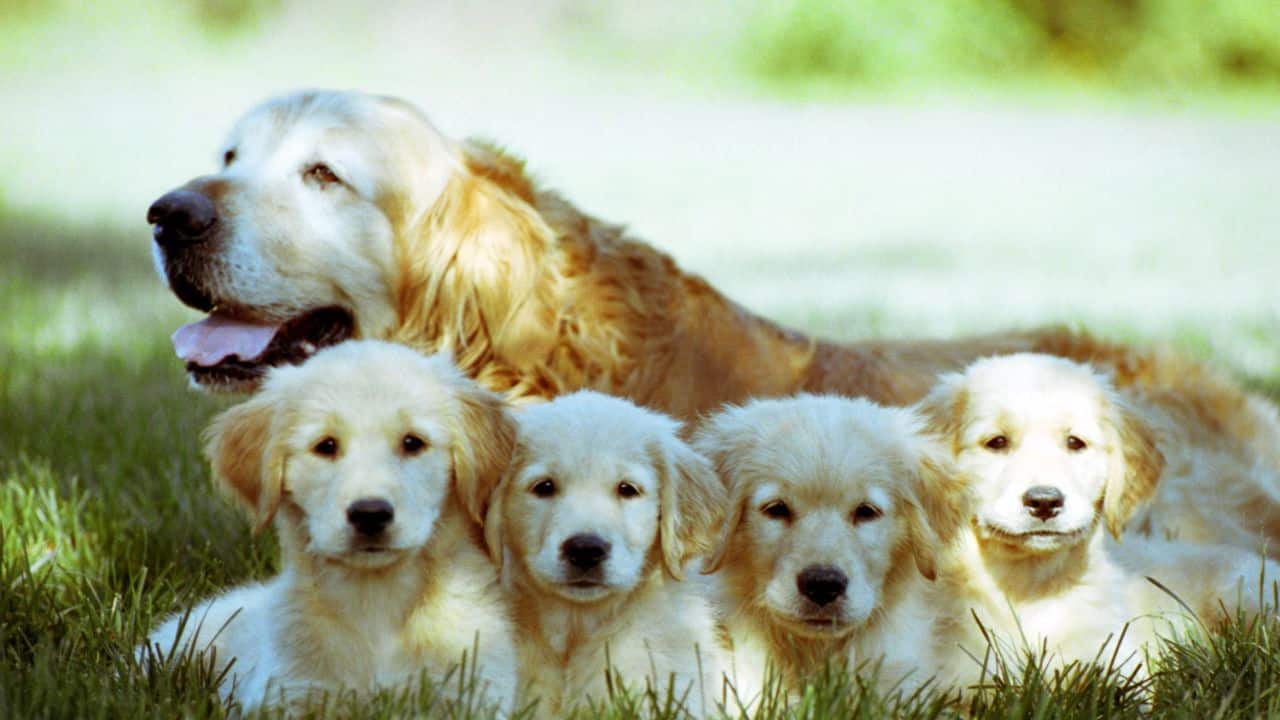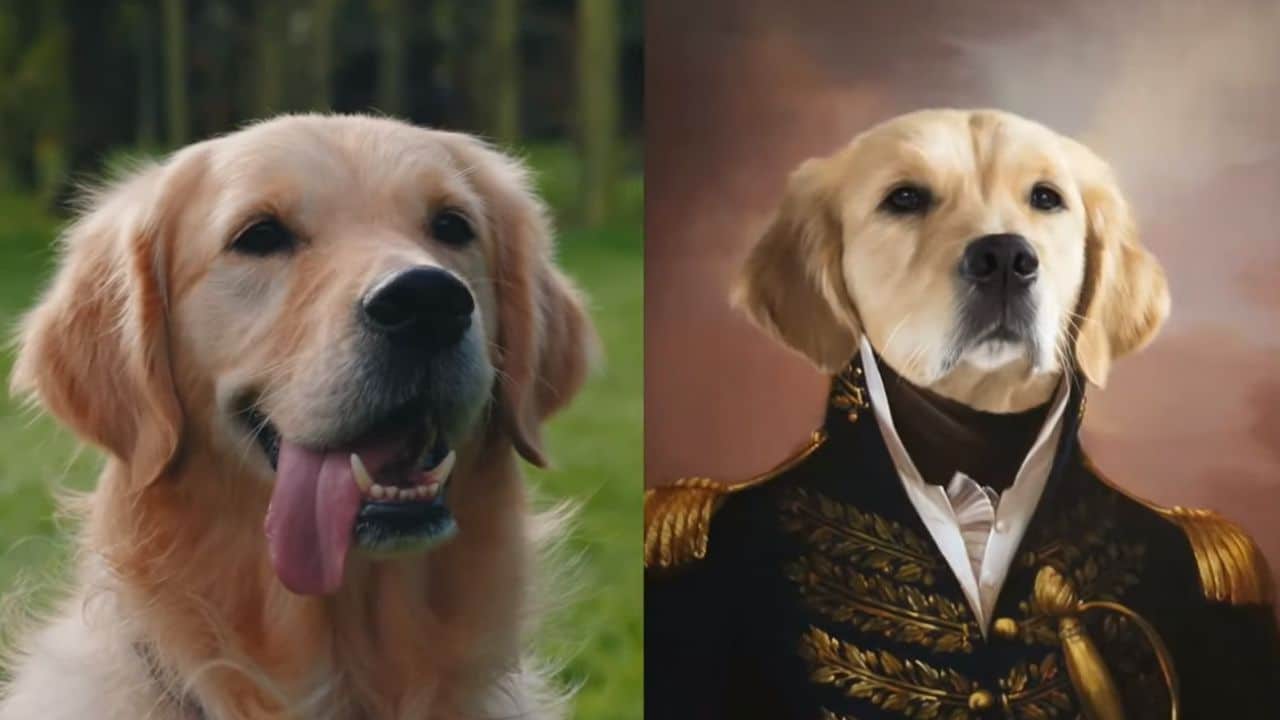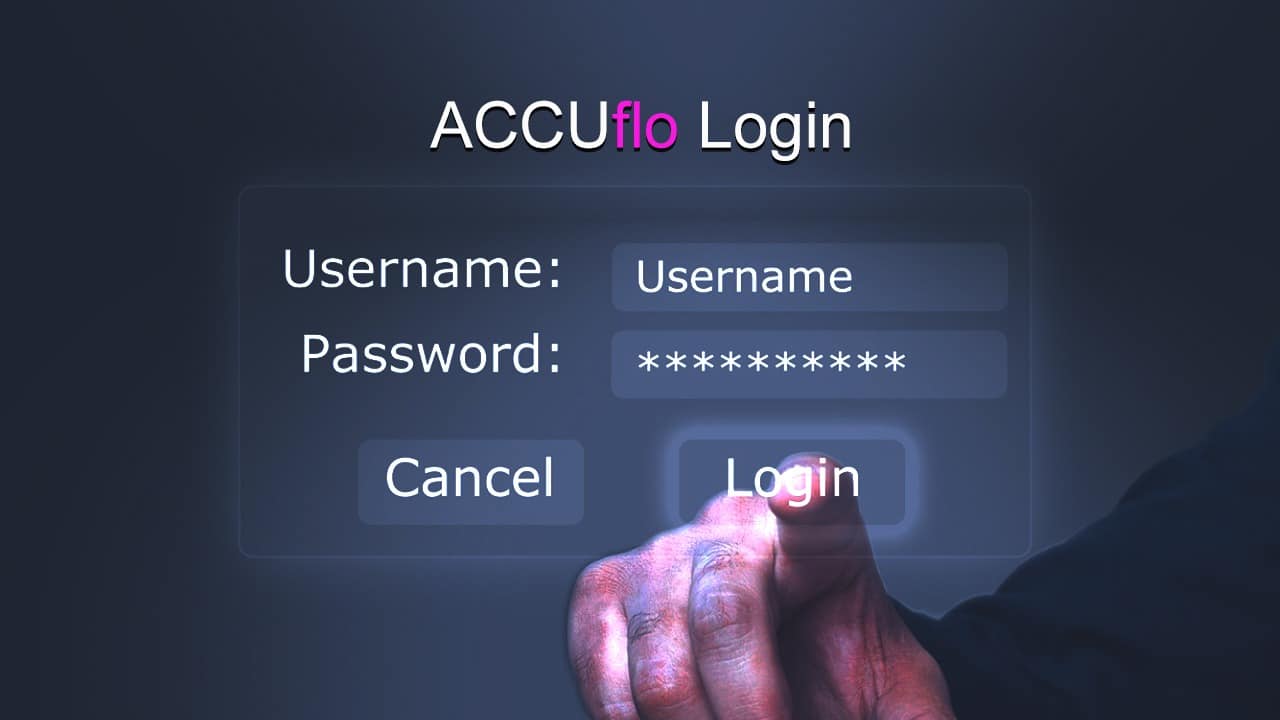The nutritional requirements of your puppy will evolve as they mature into adults, but how can you tell when your puppy is ready for adult dog food?
Plan to reevaluate your puppy’s nutritional requirements between the ages of 12 and 24 months (depending on breed size). Learn when to convert your puppy’s current food to an adult formula, as well as how to make the change smoothly.
How Long Should You Feed Puppy Food?
Until they reach adulthood, puppies require comprehensive and balanced puppy food. Although one-year-old dogs are frequently considered adults, this is not always the case.
Adulthood in dogs is determined by breed size rather than age. Large and giant breeds take longer to mature, so they require more puppy food than tiny and medium-sized dogs.
Based on breed size, here’s how long you should feed puppy food:
Toy and Small Breed Dogs: At maturity, many toys and small breed dogs weigh less than 20 pounds and will reach this size between the ages of 9 and 10.
Medium Dog Breeds: At maturity, medium-sized dogs weigh anywhere between 21 and 50 pounds. Around the age of 12 months, they will reach maturity.
Large and Giant Breeds: Large and giant breeds weigh between 50 and 100 pounds and take anywhere from 18 months to 2 years to mature. They must consume puppy food for a longer period of time than small and medium-sized breeds.
It’s important to consult your veterinarian if you have a mixed breed dog or aren’t sure how big your dog will be at maturity because they can help determine the best time to transition from puppy to adult food.
You can decide when it is time to transition your puppy to adult food once you know when he or she will reach maturity. If your puppy will be fully grown at 12 months, you can start him on adult formula around his first birthday. Making the switch can take 7 to 10 days, so plan ahead of time.
How to Transition from Puppy Food to Adult Food
When you stop feeding your puppy food, you must modify more than just the food they consume. The number of meals and portion sizes will change as well.
Unlike puppies who typically eat three meals per day, adult dogs can eat just two meals a day. Follow the feeding guide on your dog’s food label, as it will tell you how much to feed your dog per day and to divide it into two meals.
When the time comes to switch your puppy to adult dog food, do so gradually. A gradual transition aids in avoiding stomach upset.
Experts at PetCareAdvice suggest the following transitional feeding schedule:
- Days 1–2: Fill your dog bowl with a ratio of 75% of the regular amount of puppy food and 25% adult dog food.
- Days 3–4: Mix up a 50/50 ratio of both puppy food and adult dog food.
- Days 5–7: Feed your dog a mix of 25% puppy food and 75% adult dog food.
- Days 8–10: Only serve adult dog food.
If your dog shows resistance towards eating adult food or has an upset stomach, adjust the transition time accordingly. If you require additional assistance, contact your veterinarian.

